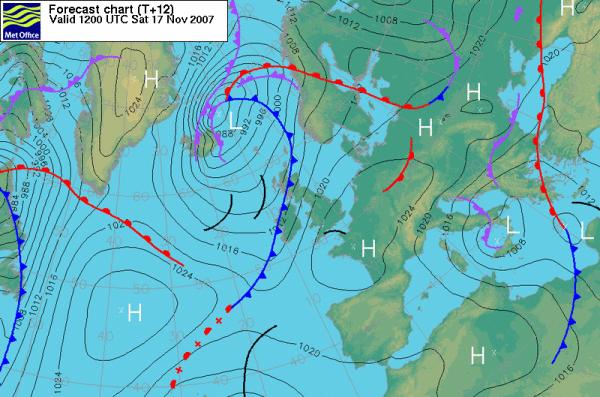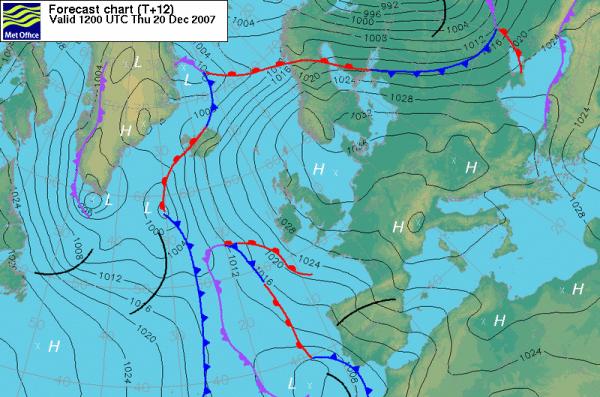During early November 2007 a small influx of Cattle Egrets was noted in the UK but no-one could have predicted a large influx the following month. Cornwall, Dorset and Devon were the main beneficiaries of the influx. The reason for the inrush is unknown for sure but this species is known for post breeding dispersal. Cattle Egrets are a success story of natural expansion and colonisation but the spread north has been hampered by the cold weather in the past as this bird is a lover of warm weather. During November and December, high pressure systems over Europe were very extensive, spreading from the UK right down to North Africa and beyond. So it would be easy to accept that these arriving birds were in what would have been mild and potentially suitable conditions. The question must also be asked of the weather to the south of their range. Could it be that it was exceptionally hot and dry or could it be that the high pressure systems coming in from the Atlantic were not south enough and coaxing the birds into spending this winter somewhere else. Looking at December 2006, I could see that there were no conditions where a high pressure system created light winds and a warm weather front connecting Spain to the UK. Perhaps it is solely weather that has brought these birds to us brought about by the timing of extensive high pressure and the early winter months. This pattern of weather is successful in producing good numbers of individual species. The most recent I can remember is the Bar-tailed Godwit movement in April 2007.
Looking at distribution maps of Cattle Egret shows that this Birds European stronghold is in Spain. With a Cattle Egret in Iceland at Fagridalur/Mýrdalur on 21st December, numerous records in southern Ireland and the bulk of English records in Cornwall it would be a fairly safe assumption to consider that the birds are of Spanish origin.
The movements
It all seemed to start on 17th November (fig.1) when a large high pressure over Northern Europe coaxed the first arrivals north where they met a low pressure in the Atlantic that pushed them towards Cornwall.
Fig.1

© Crown copyright 2007. Published by the Met Office
The low pressure continued southwards creating unfavourable migrating conditions putting a halt on any more new arrivals. A high out in the atlantic came in and once again we saw new arrivals. This time the high had produced winds favourable for a more southern orientation of the birds and it was Devon and Dorset that saw the next influx (fig.2).
Fig.2

© Crown copyright 2007. Published by the Met Office
The Iceland record was an interesting one. The 19th December showed building high pressure (fig.3) and by 20th it was migrating conditions again. This time, the winds weren't connecting Spain to England but to Iceland and sure enough came Icelands 2nd ever record and first for over fifty years on the 21st. Iceland probably would have got more but the winds were connecting with england again and numbers were on the up again. By this time earlier arrivals were dispersing north through the country and it was starting to become hard to tell which were the new arrivals and which were the dispersals. By late December, 60+ birds were in the country that were known about and probably many more were yet to be discovered.
Fig.3

© Crown copyright 2007. Published by the Met Office
Cattle Egret at Leigh-upon-Mendip:




